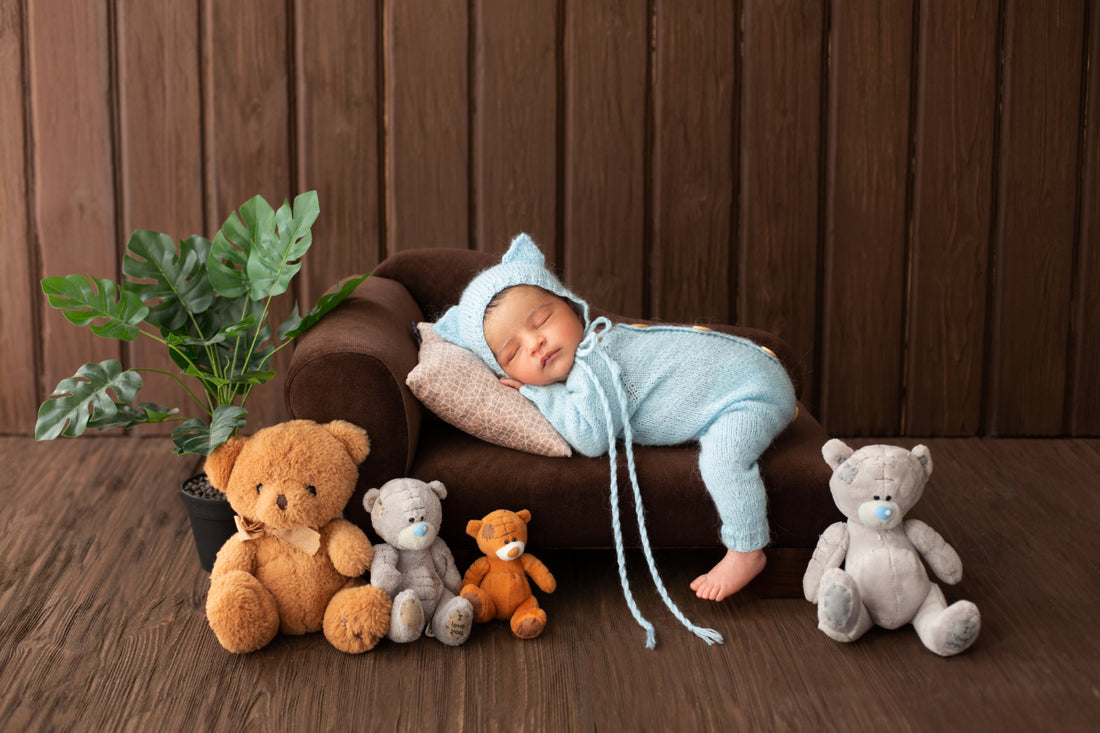The experience of soothing a crying baby to sleep is something every parent has experienced. When your little one wakes up and starts crying right after you put them in the bassinet, it can be tiring and frustrating, especially when you are running low on sleep.
There is a specific formula that can help you get your overtired baby to sleep, according to a Japanese study published recently. You don't need to master any special skills to do it.
What parents need to know about the findings is outlined below.
Study results
Study results published in Current Biology indicate that caregivers can soothe crying babies by walking, sitting, and transferring them to the bassinet or crib while holding them for five to eight minutes each.Transferring them to their bed will help them sleep better and longer without waking them up.
The experiment
Twenty-one mothers and their babies (all under seven months of age) were recruited for the research at the RIKEN Center for Brain Science (CBS) in Wako, Japan.
Using electrocardiograms (ECGs) machines, the researchers observed the babies' heart rates and their behaviors using video cameras. It was a revelatory study.
Despite performing these experiments with four children, I could not predict the key results until the statistical data appeared."
Within 30 seconds of a mother holding the baby while walking, the baby became calm as their heart rate slowed down. When the babies were placed in rocking bassinets or cots, a similar calming effect was observed. A stationary bassinet or holding the baby while sitting did not produce a calming effect.
While their mothers walked around with them, nearly 46 percent of the babies fell asleep within five minutes. One minute later, 18 percent of the babies fell asleep.
Regardless of how they were put to bed, more than a third of babies became alert again within 20 seconds.
Their hearts began to beat faster as soon as their bodies separated from their mothers, waking them up. It is less likely that the babies will wake up during the transfer if they have been asleep for a longer period of time before their mothers put them to bed.
Hold for 8 minutes, then walk for 5 minutes
This magic formula was the key discovery of the experiment. Her crying baby could be soothed and put to sleep if she carried him for five minutes, then sat with him for another eight minutes.
After being put down in the crib, the baby was more likely to wake up after skipping the eight-minute sitting session.
When the sleeping baby was held for eight minutes more, researchers observed that the Moro reflex didn't activate, so when they were transferred to the bassinet, they stayed asleep longer.
It was all about that pause or delay.
How being carried affects heart rate
What makes carrying the baby so effective? It involves a physiological response known as the transport response, which occurs in species where babies aren't fully mature when they are born.
There are various ways in which mothers carry their infants. It is common for animals like lions, tigers, cats, mice, and dogs to carry their young ones by the scruff of their necks. A monkey or an ape carries their baby on its back. Koalas and kangaroos have famously cute pouches. The heart rate of these infant animals tends to slow down when they are carried, which instantly calms them.
In humans, we see the same phenomenon. It takes humans slightly longer to calm their babies than it does for animals.

Limitations of the study
Despite the fact that the soothing method found by the researchers is beneficial and based on science, it has some limitations, such as the small sample size and the fact that only mothers participated in the study, and not other caregivers like dads, grandparents, or babysitters.
Think of this technique as more of a quick fix when your usual strategies aren't working, rather than something to rely on permanently. In contrast to most behavioral interventions for infant sleep difficulties, this method does not address long-term sleep regulation improvement. Instead, it "calms infants immediately and may be useful especially on special occasions when regular sleep routines, breastfeeding, or pacifiers are not available or effective."
The bottom line
There is no one-size-fits-all formula for sleep, and every baby is different. Ask your pediatrician for help devising a plan that gives everyone in the family more rest if your baby has trouble falling asleep and staying asleep.
Also Read This Article 5 Co-Sleeping Myths & 6 Tips to Break Them

